The Mauthausen concentration camp was a Class III camp where prisoners classified as "Return undesired" were sent. It was a punishment camp where the inmates had to do hard time in a granite rock quarry. Those on the punishment detail had to carry granite boulders up steep stairs on their backs – the stairs are known as “The Stairs of Death”.
There is a sign (in German) at the bottom of the stairs that reads:
Here worked prisoners of various nationalities. With disregard of even the most primitive safety precautions, and with complete brutality, extreme work performance was demanded of the prisoners.
Here one had the best possibility to liquidate prisoners in the fastest manner. With a boulder weighing often up to 50 kg on the shoulder, while being forced to run through the quarry under constant beatings, the victim soon collapsed only to die in some corner unaided. (thanks Elke).
 This leads into the quarry. You can see the distorted Menorah at the top quarry. This is where the camp is – to the left, is where I made the plate below.
This leads into the quarry. You can see the distorted Menorah at the top quarry. This is where the camp is – to the left, is where I made the plate below.
 "186 Steps of Death" - Mathausen Death Camp - 8"x10" Black Glass Ambrotype
"186 Steps of Death" - Mathausen Death Camp - 8"x10" Black Glass Ambrotype
 Mauthausen is a beautiful area, this absurd and evil thing takes all of that beauty away for me.
Mauthausen is a beautiful area, this absurd and evil thing takes all of that beauty away for me.
This was even more disturbing than Dachau in some ways. Being worked to death and used for profit adds a dimension of evil that exceeds simple execution. Don’t get me wrong, we walked through the gas chambers here and saw the table where they removed skin with tattoos and gold teeth, too. There were several places where they murdered the victims, hanged them, shot them, gassed them, and tortured them. Mauthausen has it all and then some. I will never look at granite the same way again in my life.
I didn’t make any photos inside the concentration camp. Only this 8x10 wet plate in the quarry and the color digital images outside of the camp.
















 This is probably my favorite image I shot there. This beautiful red rose, covered in frost and dying, lying on a box of ashes of some of the victims of Dachau. The wall says, "Never Again" in five different languages. That is the message I got - to keep these memories alive. The stones are from Jewish people that have visited and placed a stone on the box of ashes as a symbol of erecting a tombstone for the dead.
This is probably my favorite image I shot there. This beautiful red rose, covered in frost and dying, lying on a box of ashes of some of the victims of Dachau. The wall says, "Never Again" in five different languages. That is the message I got - to keep these memories alive. The stones are from Jewish people that have visited and placed a stone on the box of ashes as a symbol of erecting a tombstone for the dead.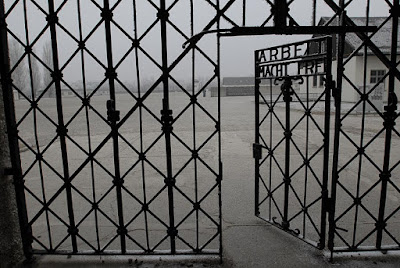 The infamous gate - "Arbeit Macht Frei" - I will never think about that phrase the same way again.
The infamous gate - "Arbeit Macht Frei" - I will never think about that phrase the same way again.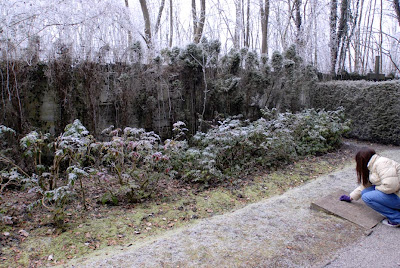
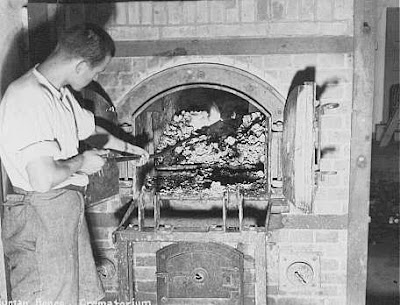
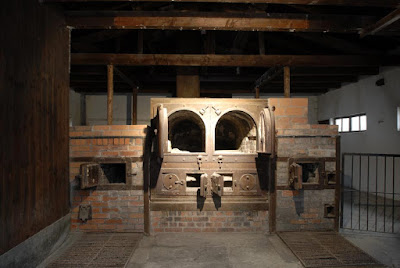

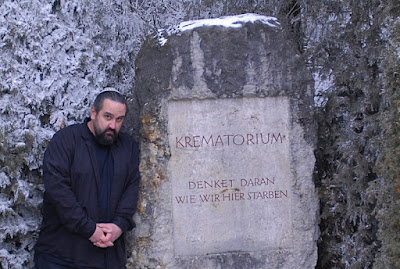
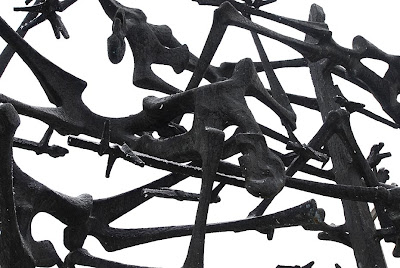
 This is the ONLY color in the camp. It's a bas relief that shows the different "badges" worn by the camp's prisoners. Jews, A-socials (Gypsies), Homosexuals, Jehovah Witnesses, and Political and Religious prisoners all had different symbols and color combinations of symbols in order to quickly identify their "crimes". The piece is three links of chain connected by bars with the badges on/around each chain.
This is the ONLY color in the camp. It's a bas relief that shows the different "badges" worn by the camp's prisoners. Jews, A-socials (Gypsies), Homosexuals, Jehovah Witnesses, and Political and Religious prisoners all had different symbols and color combinations of symbols in order to quickly identify their "crimes". The piece is three links of chain connected by bars with the badges on/around each chain.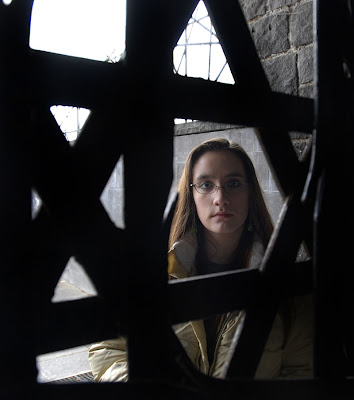
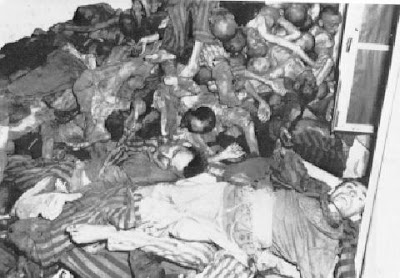
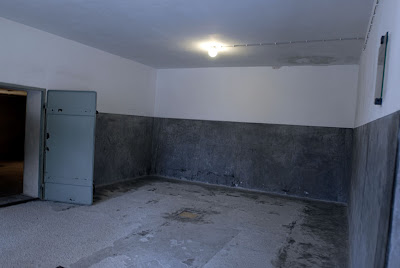 This is the room where the (above) victims were piled up. It was cold and eerie. The whole thing was surreal.
This is the room where the (above) victims were piled up. It was cold and eerie. The whole thing was surreal.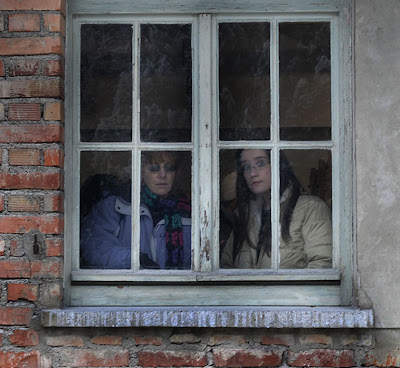
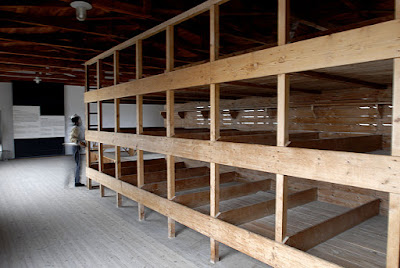 The barracks - rebuilt in 1964. It was amazing how strict the SS was on the cleanliness and order of the barracks - just another testament to the sickness of it all.
The barracks - rebuilt in 1964. It was amazing how strict the SS was on the cleanliness and order of the barracks - just another testament to the sickness of it all.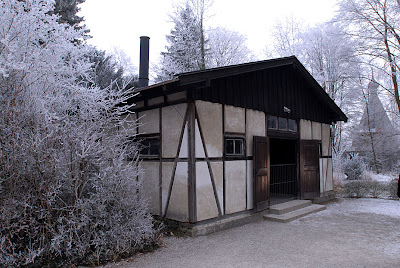

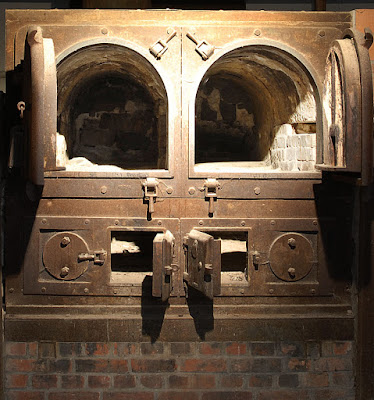
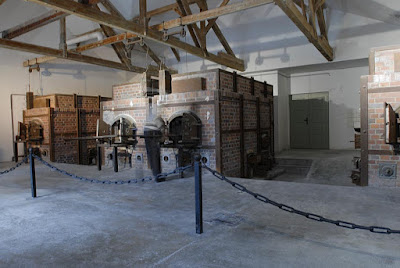

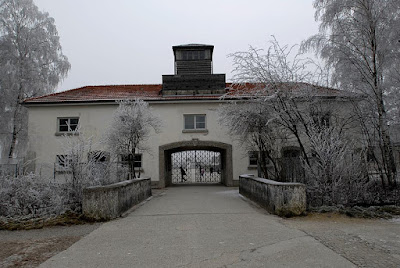

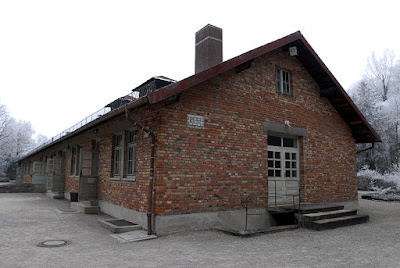
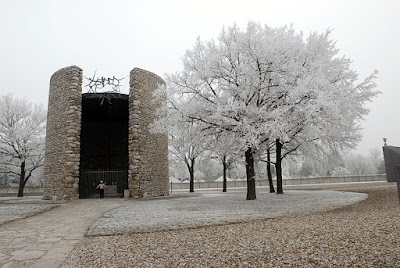 2/3 of all of the prisoners were non-Jewish, political prisoners with Polish Catholics in the majority. 1034 Catholic Priests died at Dachau. This is a memorial to them.
2/3 of all of the prisoners were non-Jewish, political prisoners with Polish Catholics in the majority. 1034 Catholic Priests died at Dachau. This is a memorial to them.


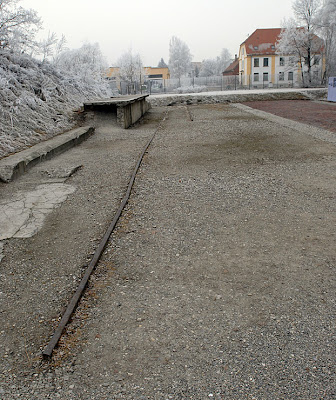 This is some of the train track just outside of the main gate.
This is some of the train track just outside of the main gate.